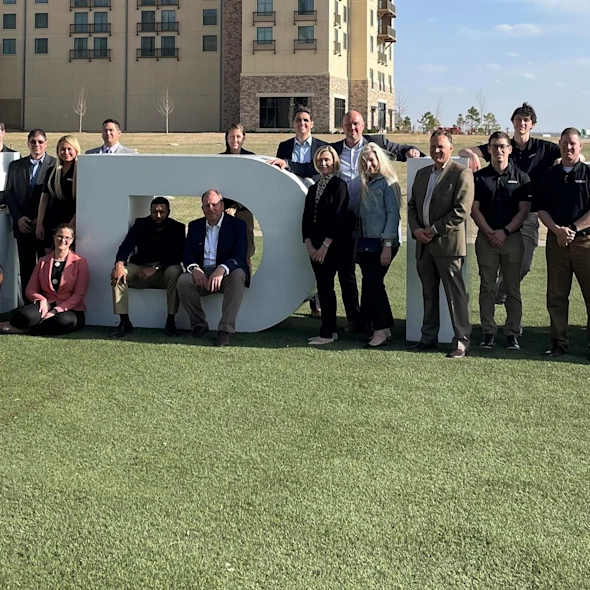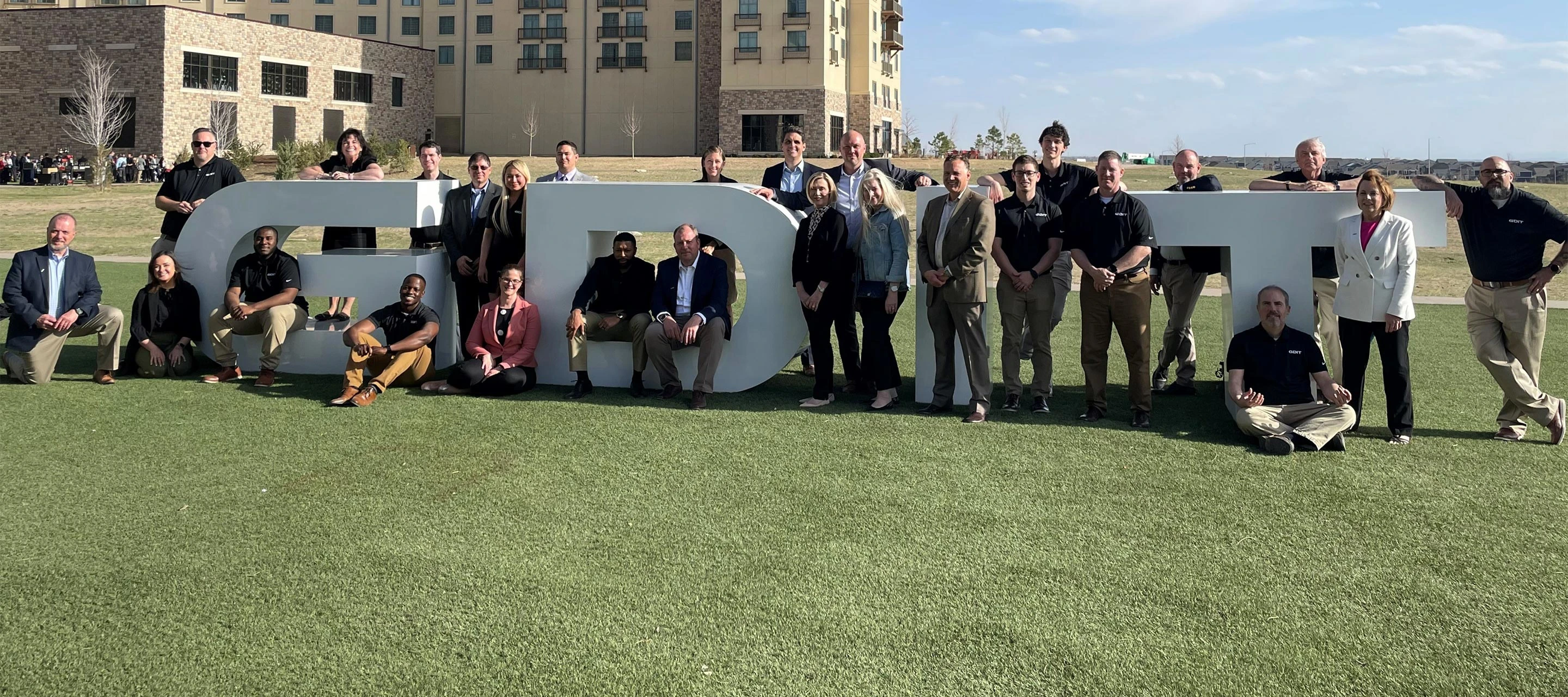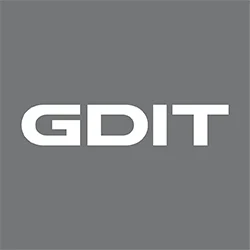For at least the last two years, many of us have adjusted to working as part of remote, distributed teams. For one GDIT team, that adjustment happened years prior to the pandemic. Working for a confidential customer for several years, the team saw the value of investing in culture building early on – and those investments have paid tremendous dividends, both for the team and for the customer.
It stands to reason, nowhere is the work more high-stakes or more high-pressure than in the intelligence community. With this in mind, it’s critical for leaders to be intentional about team camaraderie, about creating an open environment for sharing ideas, and retaining top talent. So, this team invested in several culture-building best practices that are proving to be instructional for teams throughout GDIT.
Set Aside Time and Budget for Team-Building Events
Though it’s not possible on every contract, this team sets aside time and budget every quarter to hold team-building events in a social setting outside of the office. These events give team members an opportunity to welcome new hires and connect with each other as individuals. They also present opportunities for team members to interact with leadership (and vice versa) and create touchpoints for team members from other locations to plan potential travel around. Additionally, between these team-building events, team members are encouraged to connect via phone versus online, or to include time for small talk in meetings. Leaders model this behavior, and it contributes to greater camaraderie and connectivity team wide.
Create Opportunities for Team Members at All Levels to Engage with the Customer
Another important practice on this team involves customer visibility. Leadership frequently brings staff-level team members into customer meetings, often asking them to present or answer questions from the customer. As one team member put it, “leadership wants the team to shine,” and opportunities abound for them to do just that. There’s real value in creating those opportunities for people, coaching them before and after, and signaling trust in team members’ abilities to present their work product to the customer.
Promote Transparency, Autonomy and Experimentation Whenever Possible
This team also works diligently and intentionally to promote transparency, autonomy, and experimentation whenever possible. Here’s an example of all three at work: At a recent team happy hour, a management-level team member and a member of leadership were discussing how to drive even more efficiency on the already-efficient team. The team member suggesting gamifying tickets among the operations team. She was told to run with the idea. So, she came up with a plan, communicated it to the team, incentivized team members to participate and, as a result, the group (and, ultimately, the customer) will see an increase in the speed at which they were able to resolve tickets. As one manger told us, “Top-down is not the M.O. This culture of autonomy and experimentation is reinforcing. The more we do it, the better we get at it and the stronger the team gets.”
Allow Exposure and Opportunity to Drive Retention and Mobility
Finally, team members tell us that the culture of opportunity and exposure helps to drive retention. Leadership is incredibly engaged and is also technically capable. This helps them, and by extension the team, stay close to the customer and to build a relationship based on consistently solving problems for them. One leader told us, “I’m a better leader when I understand how things work. The details matter and you have to understand this stuff so you can make the right decisions.” Additionally, when people are working in an environment where they can do their best work and can be recognized for it, they’re more likely to stay on the contract and progress their careers. This means the company, the team, and the customer all retain that knowledge and benefit from it in the long run. Win, win, win.
Today, this team and this customer enjoy better working relationships, increased loyalty and staff retention, knowledge retention across products and the customer, and a consistent level of knowledge and dependability across the team. One team member summed it up pretty nicely, saying, Through multiple levels of interactions, the customer has a better understanding of our organization and how things work and why, and that helps everybody.”






